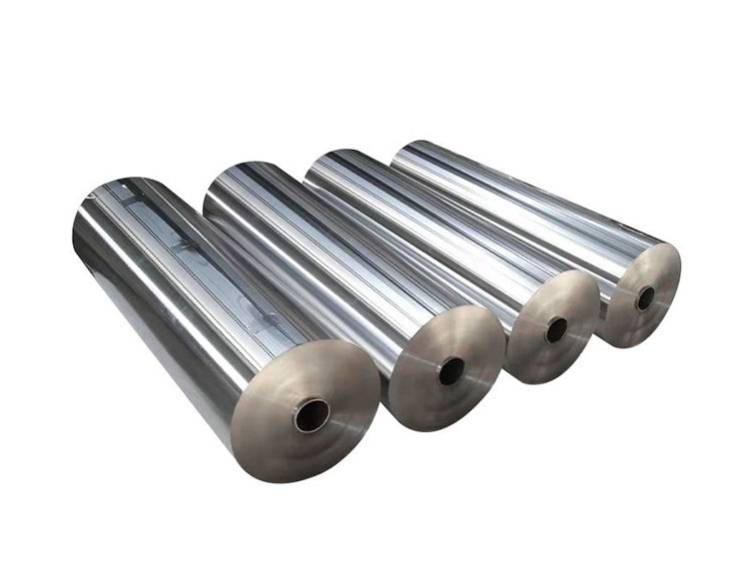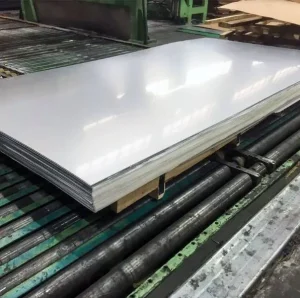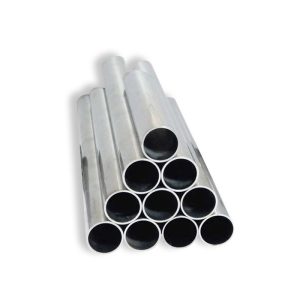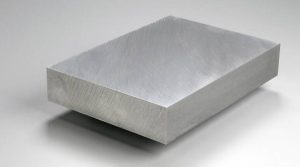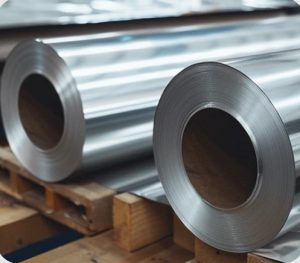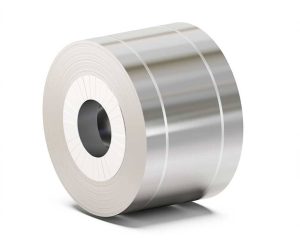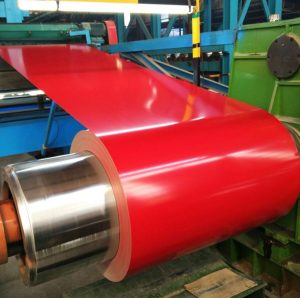The aerospace industry constantly pushes the boundaries of technology and materials. As we look toward 2024, aluminum foil remains a key component in aircraft manufacturing, insulation, and many other applications. This article explores how 2024 aluminum foil is revolutionizing aerospace, along with practical cutting tips. Whether you’re an engineer or a procurement specialist, understanding these insights can help optimize your projects.
What Is 2024 Aluminum Foil?
2024 aluminum foil is a high-strength alloy known for excellent fatigue resistance and good machinability. It contains copper as the primary alloying element, making it ideal for aerospace uses. Its unique properties include high tensile strength, good corrosion resistance, and ease of forming, which are vital for demanding aerospace environments.
Related Keywords: aerospace aluminum foil, high-strength aluminum foil, aircraft-grade aluminum
Why Is 2024 Aluminum Foil Popular in Aerospace?
The aerospace sector demands lightweight, durable, and reliable materials. 2024 aluminum foil meets these needs by offering a perfect balance of strength and weight. Its high fatigue resistance ensures longevity under cyclic loads, a must for aircraft components.
Transition: Now, let’s delve into the specific aerospace applications where 2024 aluminum foil shines.
1. Aerospace Insulation and Thermal Barriers
The Challenge
Aircraft generate a lot of heat, and managing thermal loads is crucial. Traditional insulation materials often add weight, reducing efficiency.
How 2024 Aluminum Foil Solves This
2024 aluminum foil acts as an excellent thermal barrier due to its reflective properties and low emissivity. Its high strength ensures it withstands harsh environments without tearing or degrading.
Real-World Case
A leading aerospace manufacturer replaced traditional insulation with 2024 aluminum foil in their aircraft cabins. They reported a 15% reduction in heat transfer, improving fuel efficiency (Source: Aerospace Materials Journal, 2023). This showcases its effectiveness in thermal management.
2. Structural Components and Lightweight Design
The Problem
Reducing aircraft weight is essential for fuel savings and environmental impact. Materials must be both strong and lightweight.
The Solution
2024 aluminum foil can be used in layered composites or as part of lightweight structural panels. Its high tensile strength allows for thinner gauges without sacrificing durability.
Case Study
In a recent project, an aerospace firm used 2024 aluminum foil in fuselage panels. The result was a 20% weight reduction compared to traditional materials, with no compromise on safety (Source: Aircraft Structural Materials, 2024).
3. Corrosion Resistance and Durability
The Issue
Aircraft are exposed to various environmental conditions, risking corrosion that can lead to failures.
How 2024 Aluminum Foil Addresses This
Although 2024 aluminum is less corrosion-resistant than other alloys, applying protective coatings or combining it with other materials extends its service life. Its high fatigue strength helps resist crack propagation.
Practical Tip
Applying anodized coatings or protective paints enhances corrosion resistance, making 2024 aluminum foil suitable for exterior panels and critical structural parts.
Comparing 2024 Aluminum Foil with Other Aerospace Alloys
| Feature | 2024 Aluminum Foil | 7075 Aluminum Foil |
|---|---|---|
| Tensile Strength | Very High | Extremely High |
| Fatigue Resistance | Excellent | Good |
| Corrosion Resistance | Moderate (improve with coating) | Moderate |
| Weight Savings | Good | Better |
| Cost | Moderate | Higher |
Table 1: 2024 Aluminum vs 7075 Aluminum.
This comparison helps in selecting the right alloy based on specific aerospace needs.
How to Cut 2024 Aluminum Foil Effectively
Proper cutting techniques avoid damage and ensure precision. Here are five practical steps:
- Choose the right tools: Use sharp, fine-tooth blades or laser cutters for clean cuts.
- Secure the foil: Clamp the foil firmly to prevent movement during cutting.
- Mark accurately: Use a fine marker or scribe for precise lines.
- Cut slowly: Apply steady pressure, avoiding hurried cuts that cause tearing.
- Finish edges: Smooth rough edges with a deburring tool to prevent stress points.
⚠️ Warning: Avoid using dull blades or excessive force, which can cause tears or uneven edges.
Common Mistakes to Avoid
- ⚠️ Overlooking material thickness: Thinner gauges are more flexible but less durable.
- ⚠️ Using inappropriate tools: Not all cutters are suitable for aerospace-grade foil.
- ⚠️ Ignoring surface preparation: Clean surfaces ensure better adhesion and performance.
- ⚠️ Neglecting protective coatings: This reduces corrosion resistance, especially for outdoor applications.
- ⚠️ Rushing the process: Patience ensures cleaner cuts and longer-lasting parts.
Practical Inspection Checklist
- Confirm alloy grade and temper (e.g., 2024-T3).
- Inspect surface finish for scratches or defects.
- Verify thickness and dimensions.
- Test mechanical properties if needed.
- Ensure proper storage to prevent oxidation.
- Use appropriate cutting tools and techniques.
- Apply protective coatings if required.
- Document batch and supplier details.
- Schedule regular maintenance and inspections.
- Stay updated on aerospace material standards.
Why Choose Shanxi Luokaiwei Steel Company?
At Shanxi Luokaiwei Steel Company, we specialize in supplying premium 2024 aluminum foil tailored for aerospace applications. Our advantages include:
- Strict quality control aligned with aerospace standards.
- Competitive pricing and flexible delivery options.
- Extensive experience serving global aerospace clients.
- Custom sizes and finishes to meet your specifications.
- Dedicated customer support and technical assistance.
Partnering with us means gaining a reliable supplier committed to excellence. We’re ready to support your aerospace projects with top-quality materials.
Final Thoughts
2024 aluminum foil is a game-changer for aerospace applications, offering strength, durability, and thermal efficiency. Its versatility makes it suitable for insulation, structural components, and more. By following proper cutting techniques and avoiding common pitfalls, you can maximize its benefits.
Remember: Always verify material specifications, use the right tools, and maintain quality standards. Our detailed checklist ensures you stay on track.
Operational Inspection Checklist
- Confirm alloy composition and temper (e.g., 2024-T3).
- Inspect surface quality for defects.
- Verify dimensions and thickness.
- Test mechanical properties if necessary.
- Ensure proper storage to prevent oxidation.
- Use suitable cutting tools and techniques.
- Apply protective coatings as needed.
- Document all material details.
- Schedule routine inspections.
- Keep updated with aerospace material standards.
Choosing Shanxi Luokaiwei Steel Company guarantees you access to top-tier 2024 aluminum foil and expert support. Contact us today for your aerospace material needs and experience the difference!


